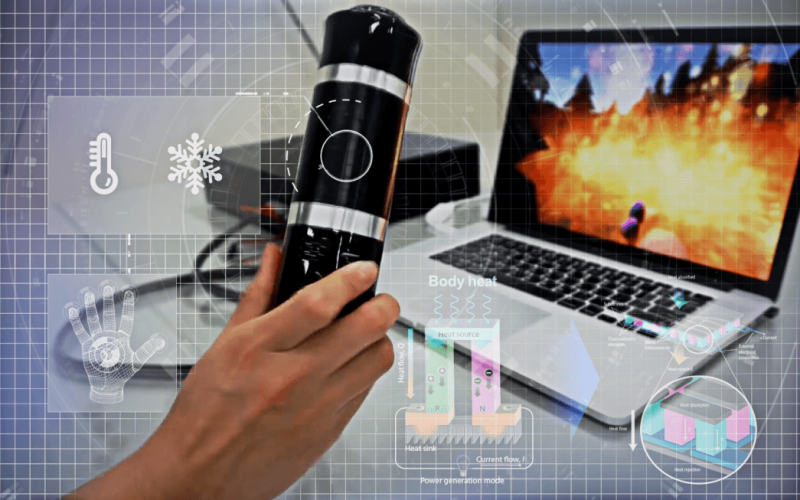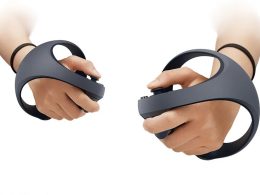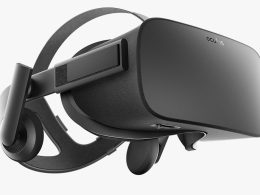Through ThermoReal, virtual reality and augmented reality users can feel the cold or heat of simulated objects and even pain.
With the help of VR glasses and various additional tools that enhance the immersion with further dimensions, visual worlds seem more and more real. The Korean start-up company TEGway is going one better. Now gamers are also supposed to feel pain and temperatures with the so-called ThermoReal.
This works by means of a coating of Peltier elementswhich can convert electricity into temperatures of 4 to 40 degrees Celsius. Slowly raising or lowering the temperature gives users the sensation of approaching or moving away from sources of heat or cold. A stitch-like sensation of pain occurs when rows of Peltier elements heat up while neighbouring ones cool down. Whereas electrothermal converters were previously rigid and relatively thick, the surface of ThermoReal is bendable and extremely thin. This is why it will be used in future as a coating for joysticks, VR suits, gloves or even gaming chairs and other input devices.
You can see more in the video clip.
We have already talked about the headset Ambiotherm which contains two rotating fans at the front and a temperature module at the back of the neck that either gets colder or warmer. Only time will tell whether the additional element, the sensation of pain, will be demanded by VR users. One area of application would certainly be in gaming or training: a slight pain could indicate to players or trainers that they have been injured by an opponent or have done something wrong. The slow drop in temperature of a VR suit could, for example, warn of hypothermia after jumping into a virtual body of water.
According to TEGway, it has other patents in this sector, which could make the company a pioneer in the future, from whom we can still expect some developments. Then, of course, the software manufacturers would have to jump on the bandwagon and integrate the sensation feedback into their programmes.
Source: iq.intel.de / Stern / Futurezone / Notebookcheck / Youtube









